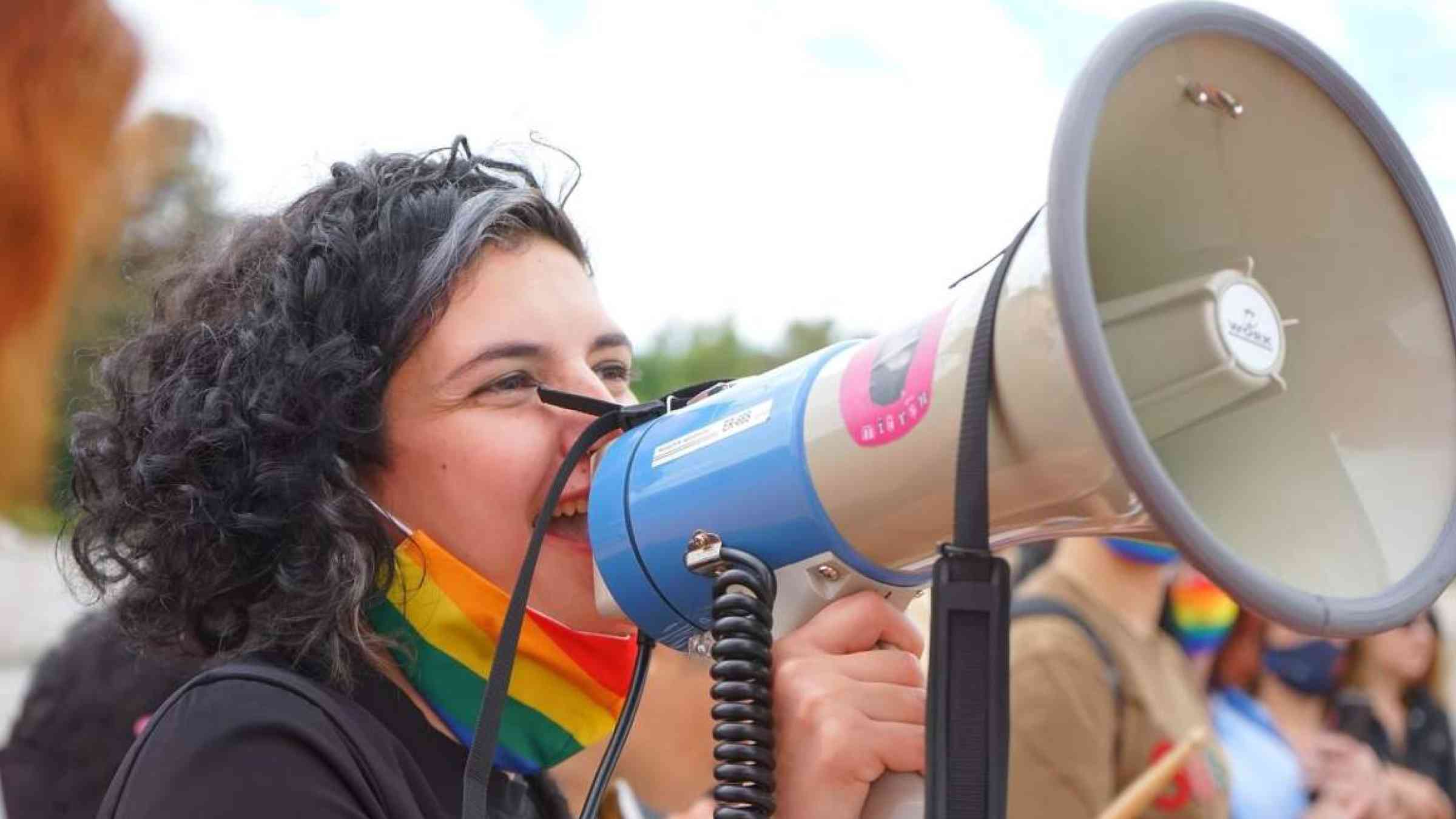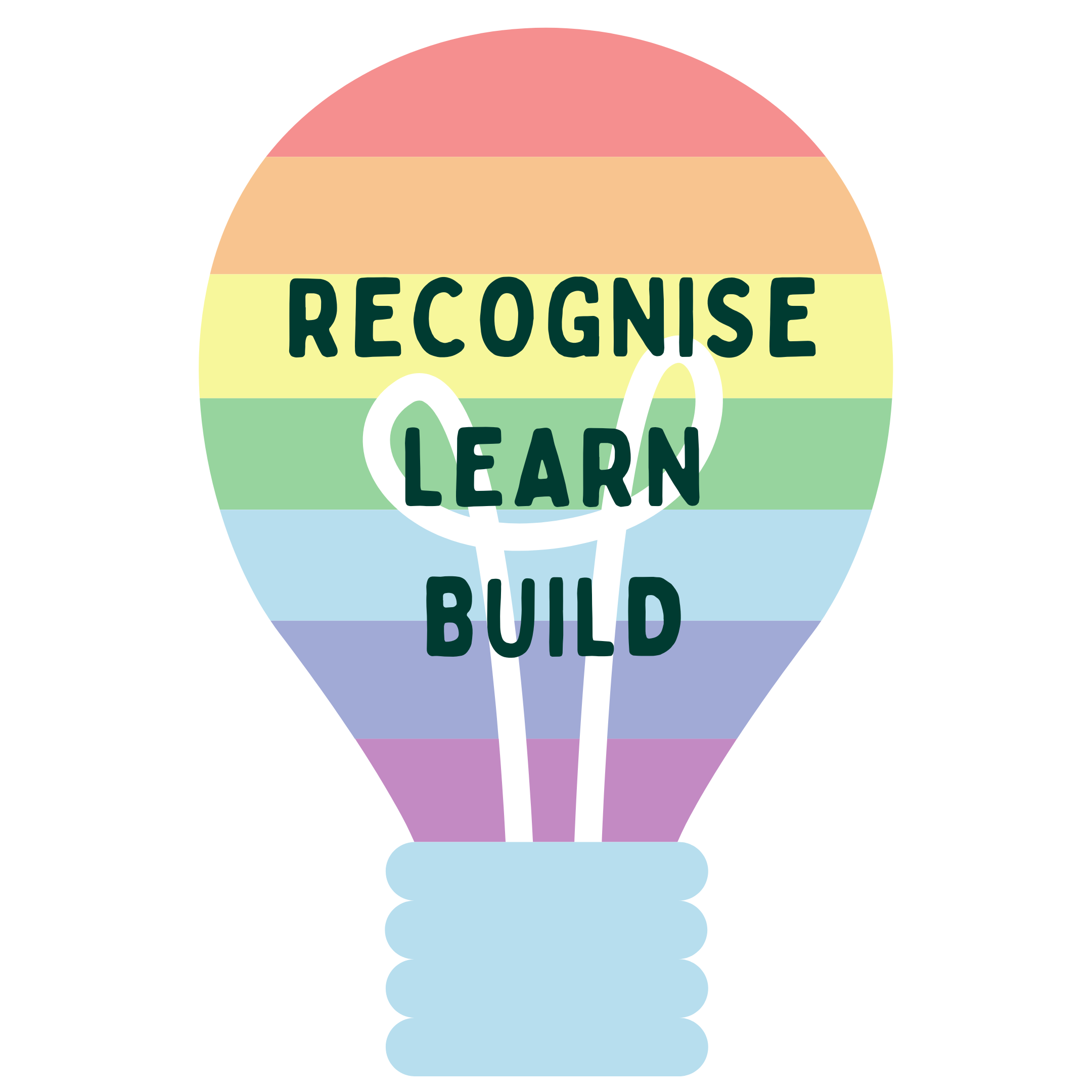We need to work on our early warning development process to ensure LGBTQIA+ people are included

When, in October this year, UN Secretary-General Antonio Guterres called for early warning systems for all people by 2030, it was a call for inclusion: for local authorities, governments, and the international community to make sure that no person would be left out, and that all people would benefit from advance warnings of potential disasters. This means recognising the most marginalised groups and including them in all aspects of disaster risk reduction.
My work as a specialist in disaster risk reduction policy development involves identifying how people from gender and sexual minorities (amongst others) are marginalised in DRR policy and practice, and how the LGBTQIA+ community can be included in a meaningful, non-tokenistic way. As we move forward to meet the Secretary-General’s challenge and implement the second half of the Sendai Framework via the extension of early warning systems to cover all people, it is vital that these communities participate in all stages of the process.
Amongst the most marginalised
Lesbian, Gay, Bisexual, Transgender, Queer, Intersex, Asexual and other non-heterosexual and cis-gender (LGBTQIA+) people are often some of the most marginalised in disasters, especially in country contexts where there is legislation against their existence or where they suffer the impacts of deep cultural hostilities.
This marginalisation can result in the denial of aid to LGBTQIA+ people (where aid is given to heterosexual families and individuals only); misgendering and assistance based on their incorrect gender identification; or abuse, violence, and sexual assault.
Blamed and then forgotten
Queer people may also be “blamed”, in cultural or religious terms, for the disaster itself – this creates an environment where further hostilities and discrimination are common, serving to further marginalise a community already excluded from most preparedness and response planning.
Paradoxically, LGBTQIA+ people are also often forgotten about or ignored by disaster policy makers, practitioners, and emergency managers. Their exclusion, whether intentional or not, is found throughout all stages of the disaster cycle: prevention, mitigation, preparedness, response, and recovery.
A policy blind spot
Systems to provide early warning of an impending disaster frequently exclude a range of marginalized groups, not just LGBTQIA+ people. However, the LGBTQIA+ folk that are impacted face a unique challenge of lacking the necessary guidance and coordination to rectify the situation.
A 2020 global study by DRR Dynamics found only six instances of national or city level disaster risk reduction (DRR) policies which included gender and sexual minorities. The absence of guidance and recognition has resulted in a policy blind spot where the needs, vulnerabilities, and capacities of the LGBTQIA+ community are ignored or undervalued when developing early warning mechanisms.
“Early warnings for all” means inclusive systems
 Building early warning systems that are inclusive of all of society is a vital step in ensuring a truly inclusive disaster risk reduction and management system. In such a system all members of society are given ample time to plan for, and escape from, the worst impacts of an impending disaster.
Building early warning systems that are inclusive of all of society is a vital step in ensuring a truly inclusive disaster risk reduction and management system. In such a system all members of society are given ample time to plan for, and escape from, the worst impacts of an impending disaster.
On 1 December 2022 I gave a presentation at the World Bank’s Understanding Risk conference on how we can achieve truly inclusive early warning systems, as part of a session organised by the UCL Warning Research Centre.
In this presentation I laid out some suggestions on how to initiate engagement with gender and sexual minorities from the outset when developing early warning systems, and how to learn from the community to ensure that systems are inclusive.
Three ways to maximise community engagement
This approach would maximise the community’s engagement, allowing members to receive the necessary information and take actions:
- The DRR and disaster risk management (DRM) community must recognise that LGBTQIA+ people need to be considered when developing early warning systems or any other DRR- and DRM-related activities. At present LGBTQIA+ people are neglected as a group that needs that consideration and, as such, when policies are being developed, their unique needs and capacities aren't being taken into account.
- To achieve this recognition, our DRR/DRM communities need to engage in a period of learning and capacity building. We need to reach out to gender and sexual minorities to ensure their voices and knowledge is included within our work. This process must be non-tokenistic – beyond a single meeting and tick-box exercise – so that it can lay the foundation for long term engagement.
- Relationships with sexual and gender minorities need to be developed with the recognition that they may harbour deeply-rooted historic mistrust of officials – even during emergency situations. History has shown us that marginalised groups are frequently excluded and discriminated against by the very people meant to help them.
A long but vital process
The process of building inclusive early warning systems, systems that take account of all of our society, is a long process.
In the case of LGBTQIA+ people, this process is still in its infancy. However, it is critical: by developing truly inclusive systems we will allow many marginalised members of our society to receive vital early warnings – ultimately saving more people saved from death, injury and economic hardship.
The UCL Warning Research Centre has prepared a Briefing Note, Inclusive warnings: Involving everyone in warning processes, providing further advice on ensuring that early warnings truly reach everyone.
Kevin Blanchard is an experienced policymaker, trainer and advocate focused on ensuring the inclusion, visibility, and empowerment of marginalised groups in disaster risk reduction (DRR). Kevin works alongside grassroots organisations, educational institutions, national governments, UN organisations and charities to develop inclusive policy, training and practical guidance.
Editors' recommendations
- Women leaders and early warning systems
- From early warning to early action: inspiring & empowering the next generation
- Developing gender-responsive NCD action plans
- Food insecurity during COVID-19: 2SLGBTQ+ people talk about challenges and support
- Inclusive warnings: Involving everyone in warning processes